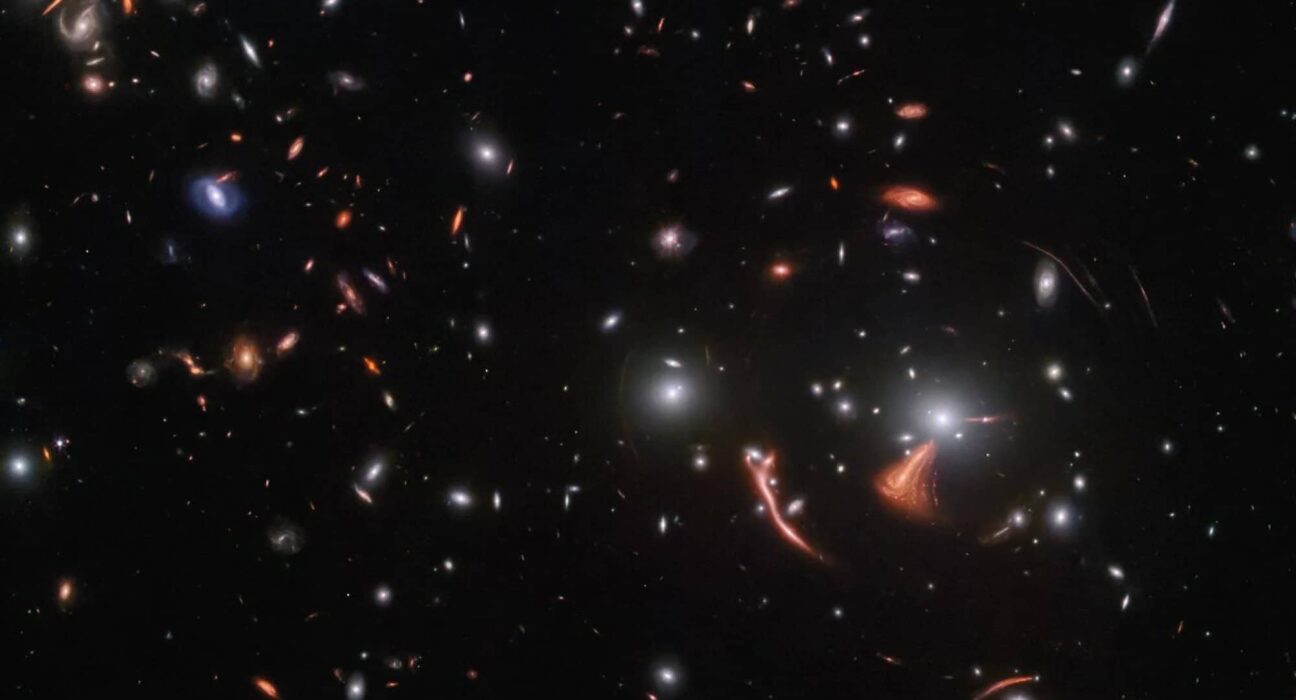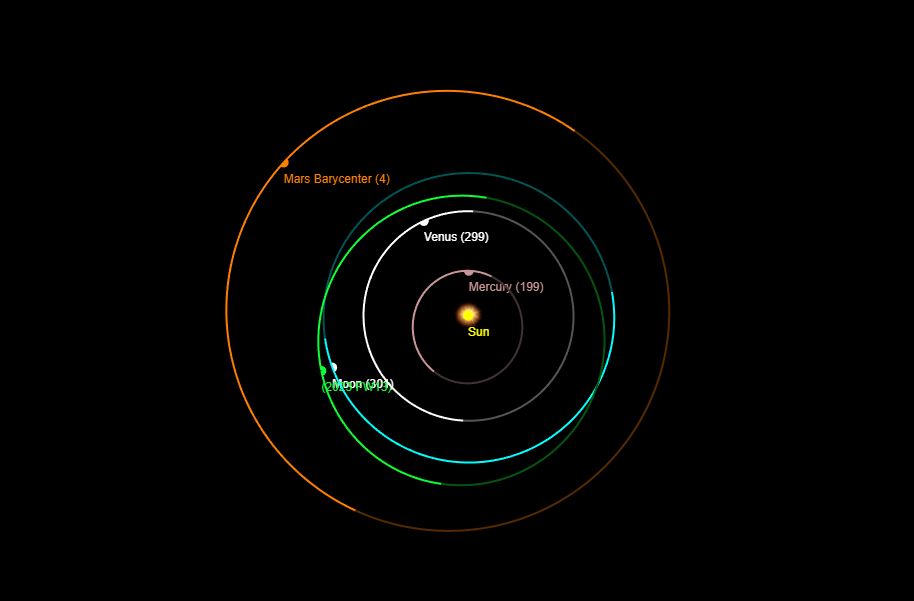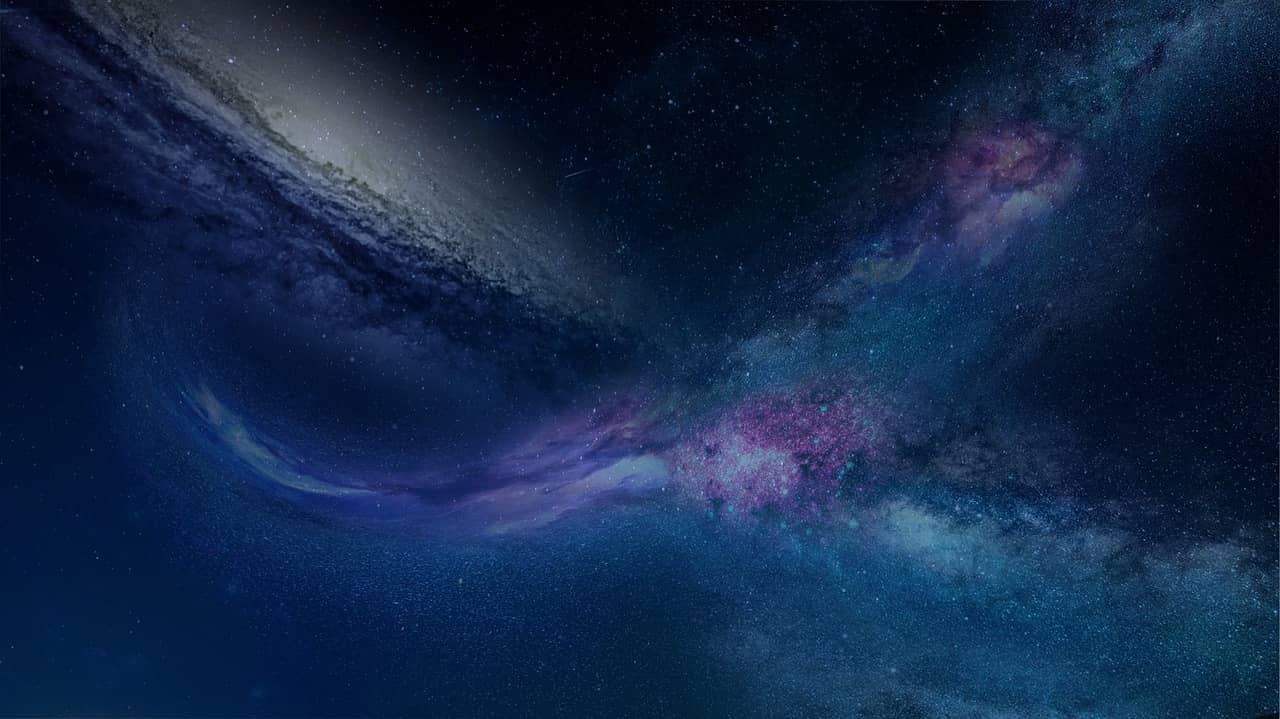A brand-new image of the universe taken by the James Webb Space Telescope, shows how the cosmos is actually warped. The most powerful space telescope ever created, which orbits 1 million miles from Earth, was pointed at a group of galaxies located about 6.3 billion light-years distant by astronomers. This galaxy cluster, known as SDSS J1226+2149, contains so many stars and planets that it is warping space like a heavy object sitting on a mattress. The massive objects in the distance are distorted and magnified by the warped cosmic region.
“This effect, referred to by astronomers as gravitational lensing, occurs when a massive celestial object such as a galaxy cluster causes a sufficient curvature of spacetime for light to be visibly bent around it, as if by a gargantuan lens,” writes the European Space Agency.
The objects behind SDSS J1226+2149 are indeed hidden behind a massive cosmic lens. With the help of this natural lens and the Webb telescope’s powerful viewing capabilities, scientists can see some of the earliest galaxies to have ever formed, which were created more than 13 billion years ago when the universe was still in its infancy.
In case you didn’t notice them already, you can see how warped spacetime has distorted light in the bottom right corner of the image above. The space agency points out an object it has dubbed “the Cosmic Seahorse,” which is red and has a “long, bright, and distorted arc spreading out near the core.” With such a strong magnification, scientists can look into this galaxy and understand how stars develop in this far-off region of space.





